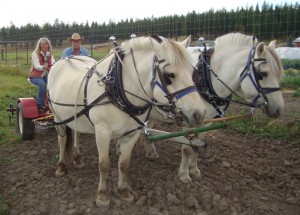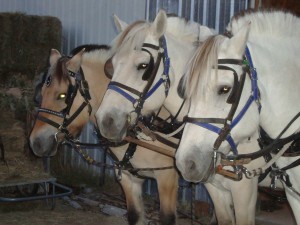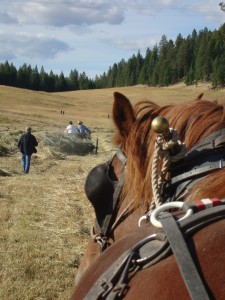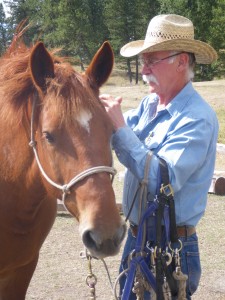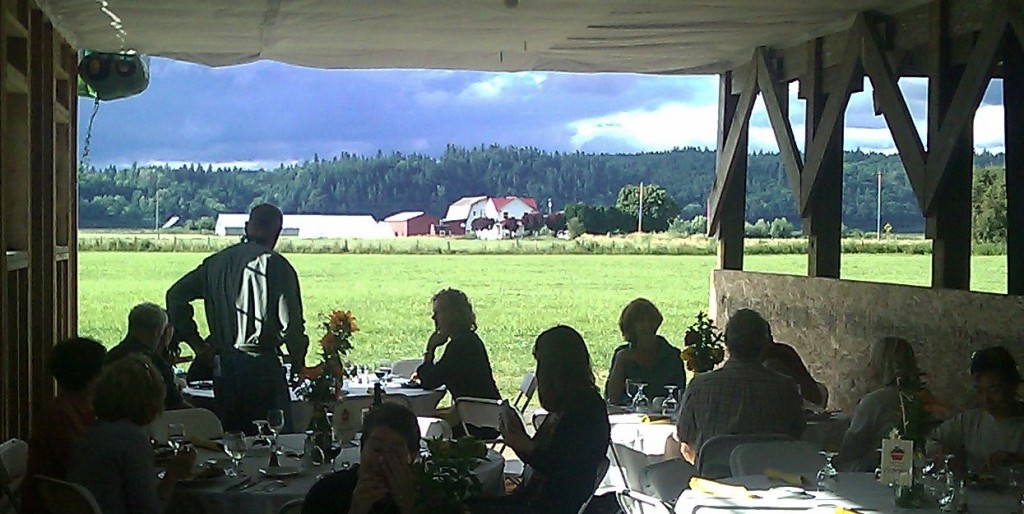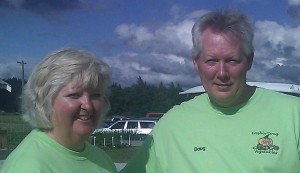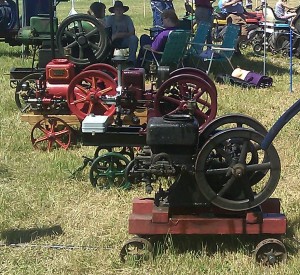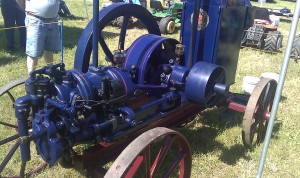As of noon today, all three houses on the farm were hooked up to high-speed DSL. We’ve been waiting for a decade for this and today it finally happened. It’s almost unbelievable.
Frontier, a smaller telco company, recently bought all the rural telephone lines across the nation from Verizon, with the ideal of providing fiber broadband to every one of their customers. Then they started rewiring every area that was still without a connection. They installed new equipment, hired new, locally-based customer service representatives, and started contacting customers, letting them know that broadband was coming.
Frontier has discovered that rural broadband can be profitable. Once the capital cost of the initial equipment and wiring is covered, the return on investment can be quite good, providing management maintains a handle on costs. Distance will diminish profits somewhat but does not eliminate them. In a down market, Frontier is growing and hiring, simply by providing services to rural areas.
The adoption rate around here, I’m sure, is going to be high. A number of neighbors called me, asking if it was really true that we were going to get a high-speed connection. They wanted to sign up right away. Then, the techs who came to install my system said they already had 200 requests for new connections that weekend.
Today, I dropped some of the last squash to be harvested at The Neighbor’s house. She, in the few days she’s had broadband, has discovered online gaming. She took the pumpkin and carnival squash from my hands and, without even setting them down, went back to slaying the enemy’s cavalry before they overran her castle. Apparently, she said, there is no pause. I have an indelible image in my mind of her hacking at the enemy troops while cradling squash in her left arm. Truly, she’s a bonafide rural geek.

